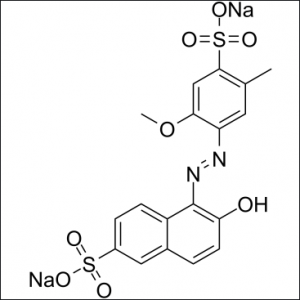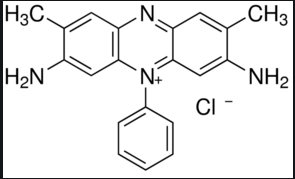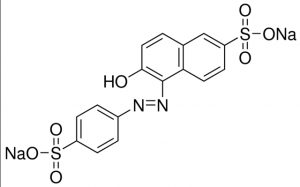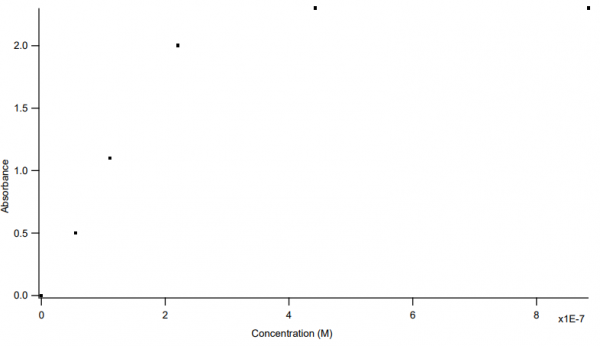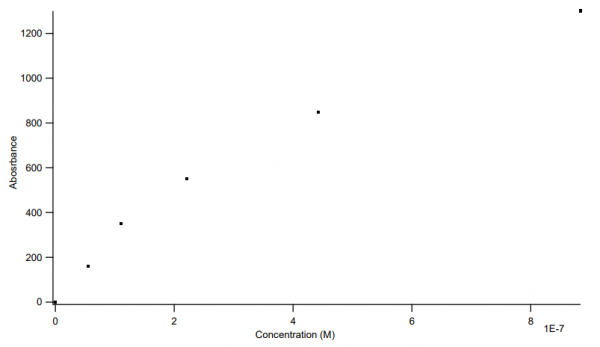Final Research Paper
Started by Praburaman Mohan (Spring 2021)
Understanding Food Coloring and its Various Components
Authors
- Praburaman Mohan
- Professor Bradley Sturgeon
- Fall 2020 - Spring 2021
Abstract
- Commercially Obtained food colorings that come in a pack of three or four colors such as red, blue, yellow and green, all have a mix of each individual color in the container. Those dyes are not 100% pure. This was discovered with repeated tests with the UV/Vis and the HPLC. The 2 dimensional peaks and 3 dimensional peaks from the HPLC exposed us to different forms of data visualization, which aided in a better understanding of the food coloring. In this experiment, the relationship between the UV/Vis and the HPLC was also explored to understand how different concentrations of samples affect the spectra and the chromatogram respectively. The conclusion drawn was that the HPLC is able to process higher concentrations and provide proper visual presentation than the UV/Vis.
Introduction
- Food dyes or food coloring have played an important role in the food and nutrition industry and even more importantly in our kitchens on a day to do basis. We buy our food coloring from a local grocery store and use it accordingly. A traditional food coloring packet has a set of red, yellow, blue or red, yellow, blue and green dyes. A typical food coloring packet may have the ingredients; water, propylene glycol FDA-certified color additives Yellow 5 and 6, Blue 1, Red 40 and propylparaben. In a situation where one needs a different color for example a light shade of purple, the easiest solution would be to buy that shade of purple but someone who understands color would have to mix red and blue food coloring and dilute it with water to get the desired shade of purple. This raises the question, how can there be a bottle of green food coloring but there is no mention of a FDA certified green dye on the list of ingredients. Since green is made from mixing blue and yellow it now makes you wonder if the other primary colors are just red, yellow and blue and not combinations of each other in subtle amounts. This paper discusses the different components of food coloring with the help of a liquid chromatographic technique and 3D visualization of the results.
Structure of the Studied Compounds
Allura Red
Indigo Carmine
Fast Green
Sunset Yellow
Materials and Methods
Materials
- FDA certified color additives Yellow 5 and 6, Blue 1 and Red 40 were obtained from a local grocery store. For HPLC analysis ultrapure water from a Milli-Q185 plus apparatus were employed. The samples for analysis were stored in eppendorf tubes, quartz cuvette for UV/Vis analysis and HPLC grade vials for chromatographic analysis
Sample Preparation
- The targeted food colorings were FDA certified Blue 1, Yellow (5/6) and Green. To ensure that the procedure is consistent , ten drops of each food coloring was dispersed in eppendorf tubes and four, 1in 100 dilutions were made from each tube, resulting in decreasing concentrations. Different concentration of Standards, Indigo Carmine (C16H8N2Na2O8S2), Sunset Yellow (C16H10N2Na2O7S2) and Fast Green FCF (C37H34N2O10S3Na2) were also prepared in conjunction. Stock solutions were prepared from each standard followed by serial dilutions to have 5 different concentrations in total.
Instrumentation
Agilent 8453 UV-visible Spectroscopy System
- This instrument was used to obtain and document the relationship between different concentrations of dyes and its respective absorbances under their respective wavelengths. Varying concentrations of food coloring were placed in a quartz cuvette and ran in the instrument to obtain spectra for documentation and analysis for further understanding.
Agilent 1200 Series High Performance Liquid Chromatography System
Results
Sunset Yellow UV/Vis
Sunset Yellow HPLC
